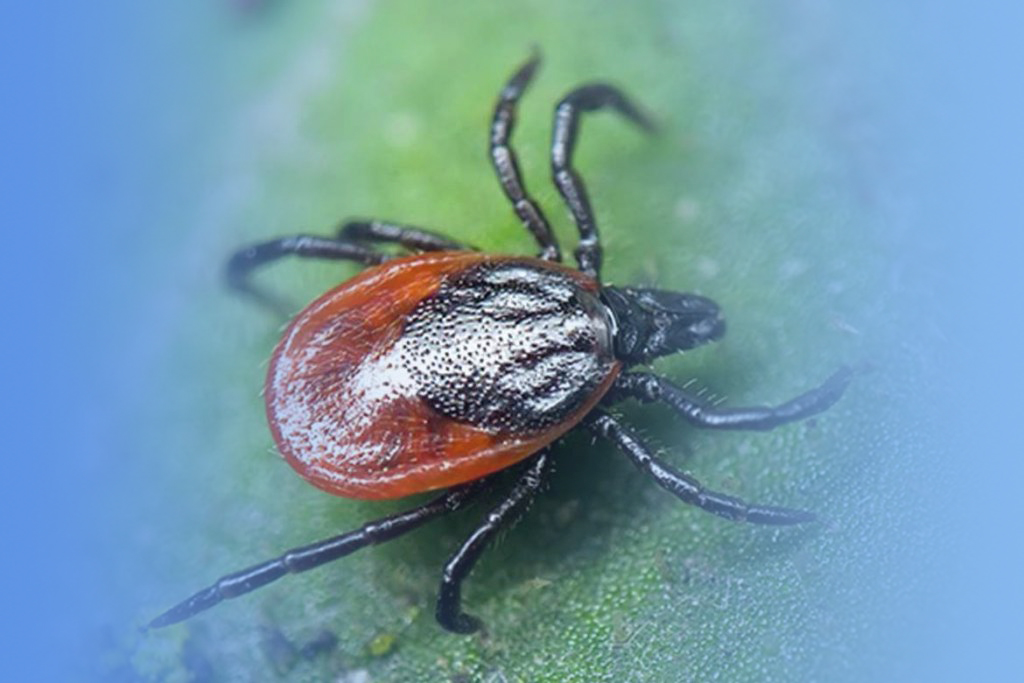[1] World Health Organization. Global vector control response 2017-2030[R]. Geneva:WHO,2017.
[2] Liu QY, Xu WB, Lu S,et al. Landscape of emerging and re-emerging infectious diseases in China:Impact of ecology,climate,and behavior[J]. Front Med,2018,12(1):3-22. DOI:10.1007/s11684-017-0605-9.
[3] Liu QY, Meng FX, Lu L, et al. Exploring the path to sustainable control of vector organisms in China[J]. Chin J Vector Biol Control, 2006, 17(4): 261-264. DOI:10.3969/j.issn.1003-4692.2006.04.001. (in Chinese)刘起勇,孟凤霞,鲁亮,等. 探索中国病媒生物可持续控制之路[J]. 中国媒介生物学及控制杂志,2006,17(4):261-264. DOI:10.3969/j.issn.1003-4692.2006.04.001.
[4] Liu QY. Epidemic profile of vector-borne diseases and vector control strategies in the new era[J]. Chin J Vector Biol Control,2019,30(1):1-6,11. DOI:10.11853/j.issn. 1003. 8280. 2019. 01.001.(in Chinese)刘起勇. 新时代媒介生物传染病形势及防控对策[J]. 中国媒介生物学及控制杂志,2019,30(1):1-6,11. DOI:10.11853/j.issn.1003.8280.2019.01.001.
[5] National Vector Surveillance System,Chinese Center for Disease Control and Prevention. National surveillance report on rodent-borne pathogens of disease vectors in 2021[J]. Chin J Vector Biol Control,2023,34(1):1-8. DOI:10.11853/j.issn. 1003. 8280.2023.01.001.(in Chinese)全国重要病媒生物监测网. 2021年全国病媒生物鼠传病原监测报告[J]. 中国媒介生物学及控制杂志,2023,34(1):1-8. DOI:10.11853/j.issn.1003.8280.2023.01.001.
[6] Xiao FZ, Chen MB, Han TW,et al. Research on coinfection with multiple tick-borne pathogens in rodents in the Sanming region of Fujian Province[J]. J Pathogen Biol,2019,14(7):811-813,818. DOI:10.13350/j.cjpb.190714.(in Chinese)肖方震,陈美宝,韩腾伟,等. 三明市鼠类携带蜱传病原体的混合感染研究[J]. 中国病原生物学杂志,2019,14(7):811-813,818. DOI:10.13350/j.cjpb.190714.
[7] Wu J, Wang D, Wang SL,et al. Leptospira detection among patients with fever in Hainan Province,China[J]. Chin J Zoonoses,2017,33(3):276-279. DOI:10.3969/j.issn.1002-2694.2017.03.016.(in Chinese)吴捷,王丹,王少玲,等. 海南省不明原因发热病人中钩端螺旋体病的实验检测结果分析[J]. 中国人兽共患病学报,2017,33(3):276-279. DOI:10.3969/j.issn.1002-2694.2017.03.016.
[8] Zhou MH, Chu HL. Handbook for classification and identification of main vectors[M]. Suzhou:Soochow University Press,2019:89-120.(in Chinese)周明浩,褚宏亮. 常见病媒生物分类鉴定手册[M]. 苏州:苏州大学出版社,2019:89-120.
[9] Zhan DC, Long ZM, Liu GY, et al. Preliminary survey of vector mosquitoes in the Sanya area of Hainan Island [J]. J Med Pest Control, 2000, 16(7): 354-356. (in Chinese)詹道成,龙芝美,刘光宇,等. 海南岛三亚地区媒介蚊虫的初步调查[J]. 医学动物防制,2000,16(7):354-356.
[10] Su XY, Chen Y, Zeng XJ,et al. Investigation on crowd infection of epidemic hemorrhagic fever in part of Hainan[J]. China Trop Med,2018,18(4):397-398. DOI:10.13604/j.cnki.46-1064/r.2018.04.23.(in Chinese). 苏新元,陈言,曾祥洁,等. 海南省部分地区流行性出血热人群感染状况调查[J]. 中国热带医学,2018,18(4):397-398. DOI:10.13604/j.cnki.46-1064/r.2018.04.23.
[11] Pan ZA, He QY,et al. Geographical epidemiological study of leptospirosis in Hainan Province II. Epidemiological characteristics of leptospirosis[J]. Hainan Med J,1995,6(3):5. DOI:CNKI: SUN:HAIN.0.1995-03-002.(in Chinese)潘祖安,何启亚,等.海南省钩端螺旋体病地理流行病学研究Ⅱ.钩端螺旋体病流行病学特征[J].海南医学,1995,6(3):5. DOI:CNKI:SUN:HAIN.0.1995-03-002.
[12] Wu HX, Liu XB, Liu QY. Current status and challenges of vector-borne disease control in our country[J].Cap J Public Health,2018,12(1):4-6. DOI:10.16760/j.carol carroll nki SDGGWS. 2018.01.002.(in Chinese)吴海霞,刘小波,刘起勇. 我国病媒生物防控现状及面临的问题[J].首都公共卫生,2018,12(1):4-6. DOI:10.16760/j.cnki.sdggws.2018.01.002.
[13] Pan ZA, He QY. Serologic epidemiology of leptospirosis in Hainan Province[J]. Chin J Epidemiol,1995,16(6):369-371.(in Chinese)潘祖安,何启亚.海南省钩端螺旋体病血清学流行病学调查[J].中华流行病学杂志,1995,16(6):369-371.
[14] Yan J, Cheng DQ, Zhu P,et al. Invasion and damage to mouse fibroblasts and the internal organs of infected Guinea pigs by Leptospiral lipopolysaccharides[J]. Chin J Zoonoses,1996,12(4):15-17. (in Chinese)严杰,程东庆,朱平,等. 钩端螺旋体脂多糖对小鼠成纤维细胞和豚鼠脏器组织的侵入及损害[J]. 中国人兽共患病杂志,1996,12(4):15-17. |



